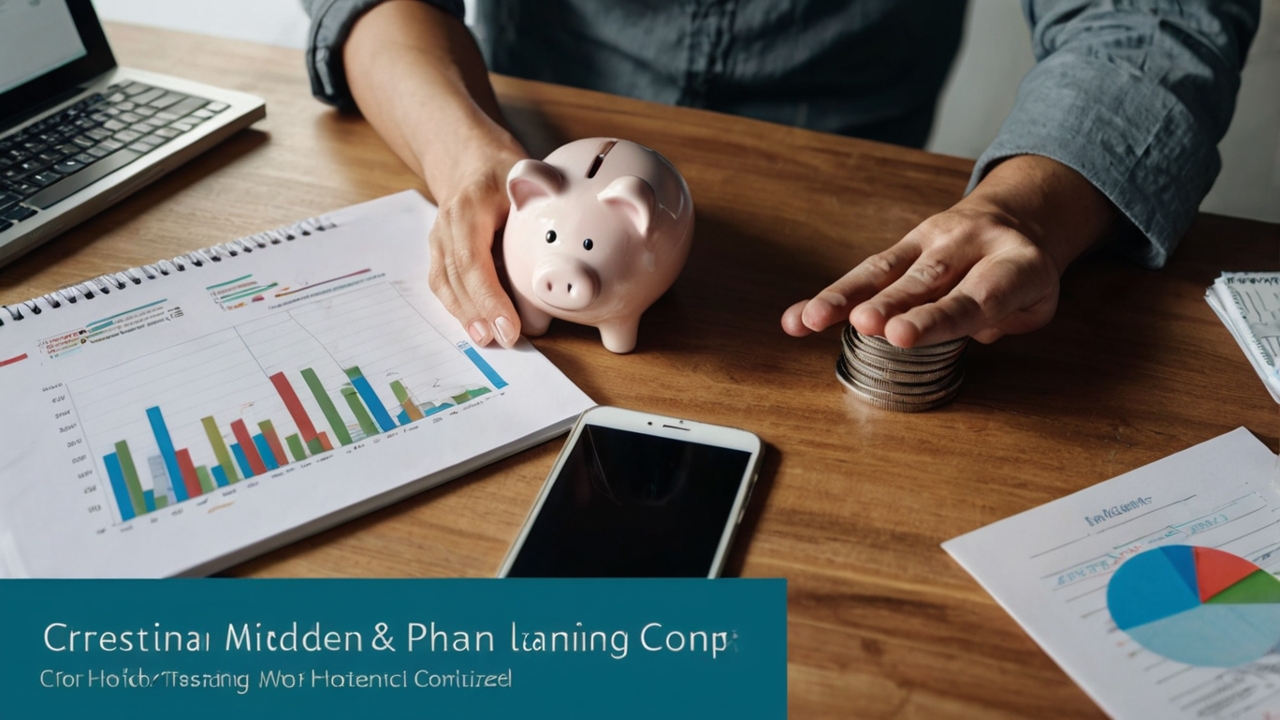Introduction: The Financial Challenge in the World of Food
In today's world, spending on food represents a significant portion of household budgets and is often an item that can be significantly reduced. This article aims to provide a comprehensive guide on how to save on food expenses by adopting smart shopping strategies and pre-planning meals, contributing to financial abundance and improving quality of life.
Chapter 1: Analyzing Current Food Spending
The first step towards saving is understanding exactly where your money is going. Start by tracking your food expenses for at least a month. You can use budgeting apps, a simple spreadsheet, or even a notebook. Divide expenses into categories such as:
- Grocery store purchases
- Eating out at restaurants
- Takeout orders
- Cafes and beverages
After collecting the data, analyze it to identify areas where you can reduce spending. Do you eat out often? Do you buy a lot of processed foods? Do you waste a lot of food?
Practical Example: Sarah found after tracking her expenses that she spends $130 USD per month on coffee at cafes. She decided to cut that in half by making coffee at home, saving her $65 USD per month.
Chapter 2: Meal Planning: The Cornerstone of Saving
Meal planning is one of the most effective ways to reduce food spending. Here's how to do it:
- Make a Meal List: Before going to the store, plan your meals for the coming week. Consider what you already have in the pantry and refrigerator to avoid buying what you don't need.
- Prepare a Shopping List: Based on the meal list, prepare a detailed shopping list. Stick to the list and avoid impulse purchases.
- Utilize Leftovers: Plan to use leftovers in other meals. For example, leftover roasted chicken can be turned into chicken salad or sandwiches.
Statistics: Studies show that meal planning can save up to 20% of food spending.
Chapter 3: Smart Shopping at the Supermarket
The supermarket is where you can save a lot of money if you know how to shop smart. Here are some tips:
- Compare Prices: Compare prices of different products before buying. Pay attention to the unit price (such as price per kilogram or liter) to get the best deal.
- Look for Deals and Discounts: Take advantage of the deals and discounts offered by stores. Use coupons and compare different offers.
- Buy in Bulk: If you have enough storage space, buy products you use regularly in bulk when they are on sale.
- Avoid Shopping When Hungry: Shopping when hungry increases the likelihood of buying unhealthy and expensive foods.
- Buy Seasonal Products: Seasonal products are cheaper and fresher.
Practical Example: Buying rice and pasta in bulk is often cheaper than buying small packages. Compare prices before buying to determine if the deal is worth it.
Chapter 4: Cheaper Alternatives: Don't Compromise on Quality
You can save money by choosing cheaper alternatives to some products without sacrificing quality. Here are some examples:
- Plant-Based Proteins: Replace some meat with plant-based proteins such as lentils, beans, chickpeas, and tofu.
- Frozen Vegetables: Frozen vegetables are cheaper than fresh vegetables out of season. They also last longer.
- Store Brands: Store brand products are often cheaper than name-brand products and are often of the same quality.
Statistics: Replacing meat with plant-based proteins can save up to 30% of protein costs.
Chapter 5: Reducing Food Waste: Environmental and Financial Responsibility
Food waste is a major problem that affects the environment and costs you money. Here are some ways to reduce food waste:
- Plan Your Meals: As mentioned earlier, meal planning helps reduce the amount of food you buy and don't use.
- Store Food Properly: Make sure to store food properly to extend its shelf life. Use airtight containers and refrigerate perishable foods immediately.
- Use Leftovers: Be creative in using leftovers. They can be turned into new meals or frozen for later use.
- Know Expiration Dates: The difference between "best before" and "use by". Food is often safe to eat after the "best before" date.
- Composting: If you have a garden, consider turning food scraps into compost.
Practical Example: Use vegetable peels to make vegetable broth. The broth can be frozen and used in soups and stews.
Chapter 6: Cooking at Home: Fun and Saving
Eating out and ordering takeout is very expensive. Cooking at home is a great way to save money and enjoy healthy and delicious meals.
- Learn New Recipes: Find easy and cheap recipes online or in cookbooks.
- Set Aside Time for Cooking: Set aside a few hours a week for cooking. You can cook large quantities of food and freeze them for later use.
- Share Cooking with Family or Friends: It can make cooking more fun and reduce the burden.
Statistics: Cooking at home can save up to 50% of the cost of eating out.
Chapter 7: Growing Your Food: A Step Towards Sustainability and Saving
If you have space, consider growing some of your food. Even a small garden can save you a lot of money and provide you with fresh vegetables and herbs.
- Start Small: Start by growing some herbs or vegetables that you use regularly.
- Use Seeds: Seeds are cheaper than seedlings.
- Utilize Vertical Spaces: If space is limited, use vertical spaces to grow climbing plants such as tomatoes and cucumbers.
Practical Example: Growing mint, parsley, and cilantro in a small garden can save you money and ensure you always have fresh herbs.
Chapter 8: Leveraging Savings Apps and Loyalty Programs
There are many apps and loyalty programs that can help you save money on food purchases. Here are some examples:
- Coupon Apps: These apps offer coupons and discounts on a wide range of food products.
- Loyalty Programs: Many stores offer loyalty programs that reward regular customers with discounts and special offers.
- Price Comparison Apps: These apps help you compare prices of different products in different stores.
Practical Example: Use a coupon app to find discounts on products you buy regularly.
Chapter 9: Online Shopping: Convenience and Potential Savings
Online shopping can be a great way to save money and time. Here are some tips:
- Compare Prices: Compare prices between different stores before buying.
- Look for Deals and Discounts: Take advantage of the deals and discounts offered by online stores.
- Pay Attention to Shipping Costs: Make sure shipping costs don't negate the savings you get from buying online.
Practical Example: Subscribe to online store newsletters to receive notifications about special offers and discounts.
Chapter 10: Review and Adjust: An Ongoing Journey Towards Saving
Saving on food expenses is an ongoing journey. Review your budget regularly and adjust your strategies as needed. Track your expenses and evaluate what works and what doesn't. Be open to trying new things and learning from your mistakes.
Final Tip: Remember that saving on food expenses does not mean sacrificing quality or flavor. It's about making smart and informed choices that help you achieve your financial goals.
"Saving is not just about reducing spending, but about managing resources wisely to achieve your goals." - Warren Buffett




